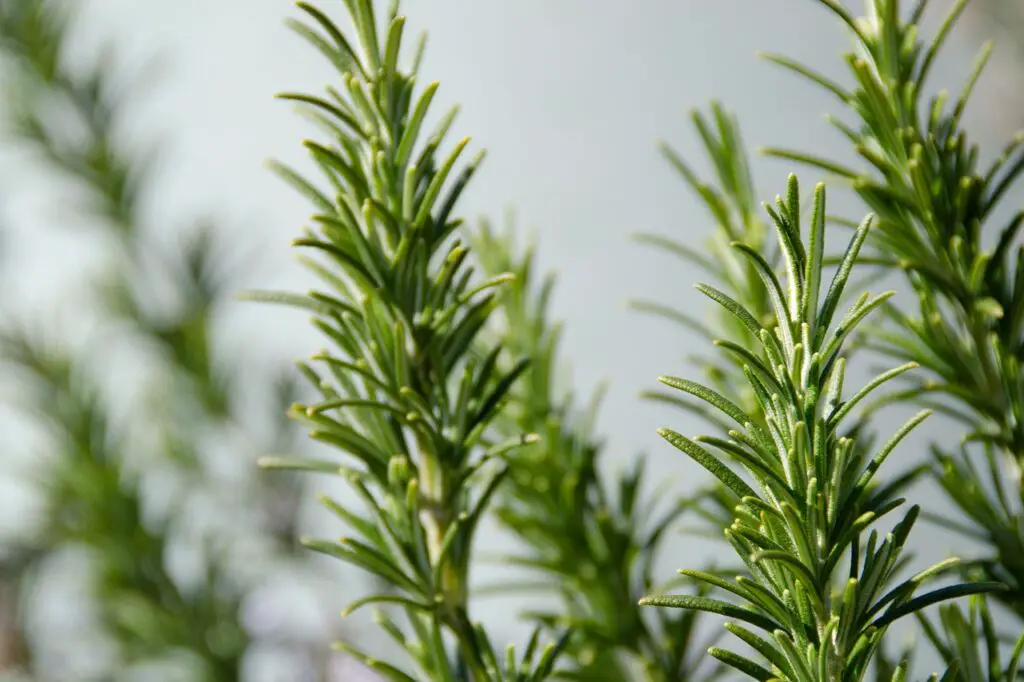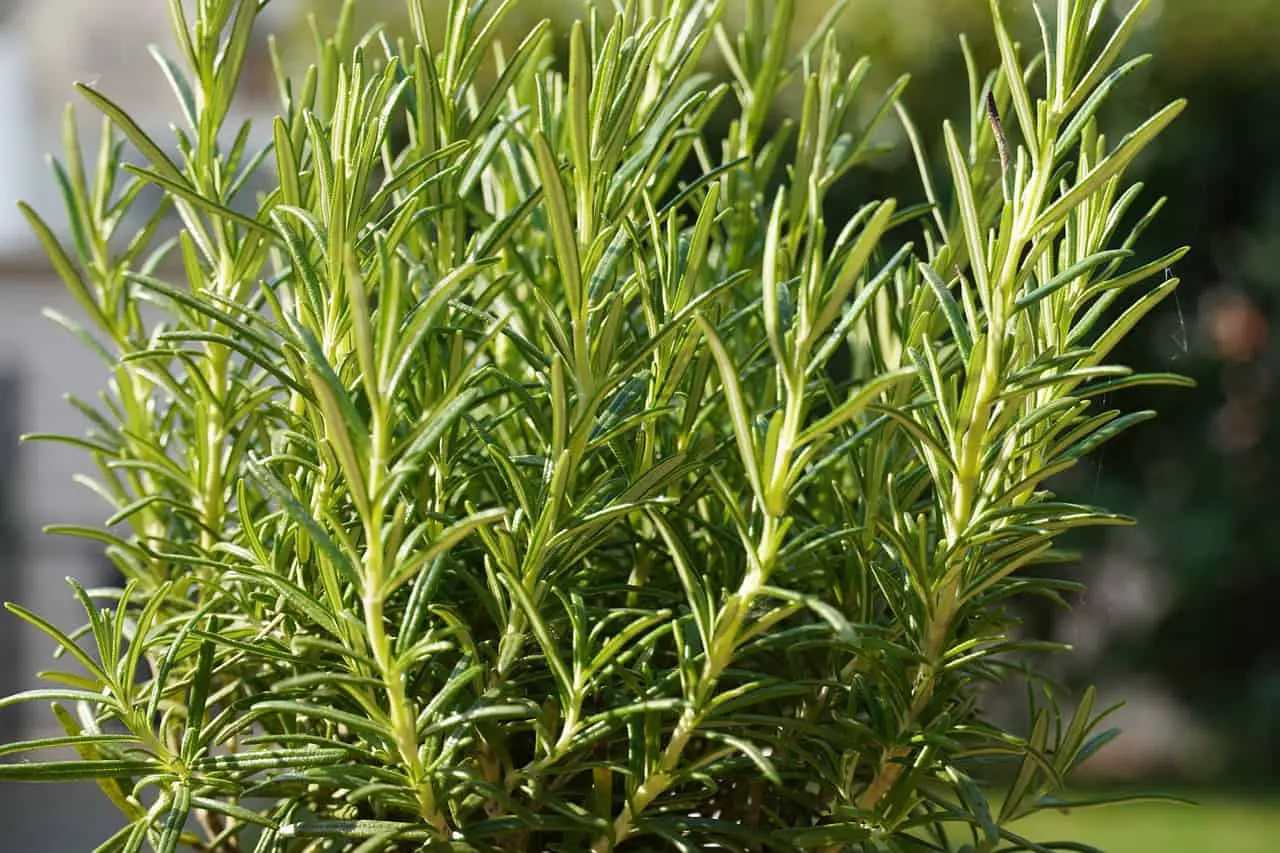Rosemary is a woody herb that is often grown for its aromatic leaves and versatile use in cooking. It is a hardy plant that can be propagated from cuttings, making it an excellent addition to any garden or kitchen windowsill. Propagating rosemary from cuttings is an easy and cost-effective way to grow new plants without having to buy seedlings or mature plants from a nursery. In this guide, we will take a closer look at how to propagate rosemary from cuttings.

Preparing the Cuttings
The best time to take rosemary cuttings is in the spring or fall. Cuttings taken in the spring will grow faster, while cuttings taken in the fall will have a better chance of survival due to the cooler temperatures. When choosing a rosemary plant to take cuttings from, make sure it is healthy and free from any signs of disease or pests.
To prepare the cuttings, choose a stem that is at least 3 inches long and has a few pairs of leaves. Cut the stem at a 45-degree angle using a sharp pair of scissors or pruning shears. Remove the bottom pair of leaves from the stem, leaving only the top two or three pairs of leaves.
Rooting the Cuttings. After preparing the cuttings, it is time to root them. There are a few different methods you can use to root rosemary cuttings, including water propagation and soil propagation.
Water Propagation
To root rosemary cuttings in water, fill a small jar or vase with water and place the cuttings in it. Make sure that at least one node (the part of the stem where the leaves are growing from) is submerged in the water. Change the water every few days to prevent the growth of bacteria and algae. After a few weeks, you should start to see roots growing from the nodes of the stem.
Soil Propagation
To root rosemary cuttings in soil, fill a small pot with a well-draining potting mix. Make a hole in the soil using a pencil or your finger and insert the cutting into the hole. Firmly press the soil around the stem to ensure it is secure. Water the soil lightly, being careful not to overwater. Place the pot in a warm, bright location but out of direct sunlight. After a few weeks, you should start to see roots growing from the bottom of the pot.
Transplanting the Cuttings
Once the cuttings have developed a healthy root system, it is time to transplant them to a larger pot or into the ground. If you started the cuttings in soil, wait until they have developed a few inches of new growth before transplanting. If you started the cuttings in water, transfer them to a small pot filled with potting mix and water the soil lightly.
When transplanting rosemary cuttings, make sure to plant them in a location that receives at least 6 hours of sunlight per day and has well-draining soil. Water the cuttings regularly, but be careful not to overwater, as this can lead to root rot. Once the cuttings have established themselves, they will require less frequent watering.

Conclusion
Propagating rosemary from cuttings is an easy and cost-effective way to grow new plants. With a little bit of patience and some care, you can have a thriving rosemary plant in no time. Remember to choose a healthy plant to take cuttings from, prepare the cuttings correctly, and provide them with the right conditions to root and grow. With these tips, you can enjoy the benefits of fresh rosemary in your cooking all year round.

